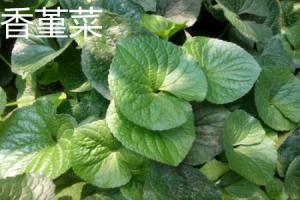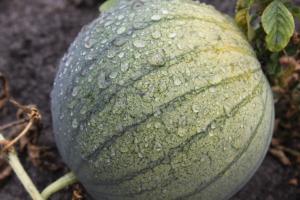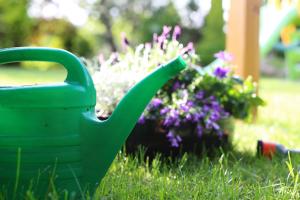Introduction to Taiping flower
Taipinghua is a deciduous shrub with a height of 1-2 meters. The flowering period is from May to June and the fruit ripening period is from August to September. It likes sunshine, has strong resistance to shade and cold, and can overwinter in the open in North China, Southeast of Northeast China and most of Northwest China
It is resistant to moderate drought and ponding. It grows normally in saline soil with soil salt content of about 0.12%, but it is most suitable to grow on wet sandy loam. Resistant to trimming and long service life

Propagation method of Taiping flower
Sow
From August to September, the fruits are mature and the seeds are small. The retrieved fruits can be dried in a container, kneaded and removed to obtain pure seeds. Dry storage for a winter, mix fine sand before and after the Tomb Sweeping Day in the coming year, and sow in pots. Choose a higher and deeper flowerpot, or sow in the courtyard. A layer of film is placed on the sowing back cover to keep moisture, and a small amount of water can be sprayed before emergence
Ramet
It is usually carried out before bud germination in spring. The buds and branches from around the mother plant can be cut off with part of the root system and planted separately. The roots and seedlings are excavated in autumn, which need to be buried and planted, and can be planted in the next spring
Cutting
Softwood cutting is carried out from late May to early June, which is conducive to rooting. Select the middle and upper section of the current year's branches, 10 cm long, and leave two or three upper leaves
Rooting powder can be used for conditional cutting, which can greatly improve the rooting rate. Soak the rooting powder for 3 hours before cutting, then insert it into the soil, control the temperature at about 25 ℃, and take root in about 20 days

Cultivation method of Taiping flower
Water and fertilizer management
In the annual growth period, apply an appropriate amount of rotten compost, organic fertilizer or compound chemical fertilizer once before germination in spring, and apply more phosphorus fertilizer after falling leaves in autumn, which can make the flowers and leaves flourish
No fertilizer is applied during the growth period in summer. In dry season, pay attention to watering and keep the soil moist. Too dry or barren will lead to poor growth and few and small flowers
Shaping and trimming
In winter and spring dormancy period, the old branches, dead branches and over dense branches shall be thinly cut. At the same time, short cutting shall be carried out to promote new technologies and make the tree crown beautiful and tidy. Two or three short shoots are reserved at the base of branches, and the old branches are constantly renewed
If there is no seed left after flower withering, the inflorescence should be cut off in time to save nutrients. Daily pruning, timely cut off diseased branches, dead branches and bare branches, and pay attention to retaining new branches, which is conducive to flowering
Pest control
The diseases and insect pests of taipinghua mainly include mulberry thorn foot moth and whitefly. Once found, spray insecticides in time, such as 3000-3500 times of 2.5% deltamethrin and 4000 times of 2.5% Kung Fu emulsion, for two or three consecutive times, with an interval of four or five days

 how many times do yo...
how many times do yo... how many planted tre...
how many planted tre... how many pine trees ...
how many pine trees ... how many pecan trees...
how many pecan trees... how many plants comp...
how many plants comp... how many plants can ...
how many plants can ... how many plants and ...
how many plants and ... how many pepper plan...
how many pepper plan...






























